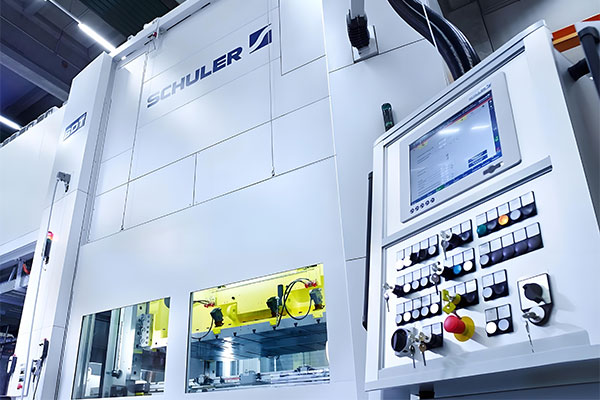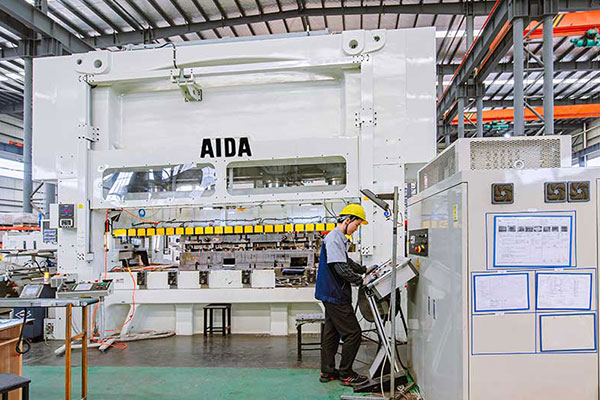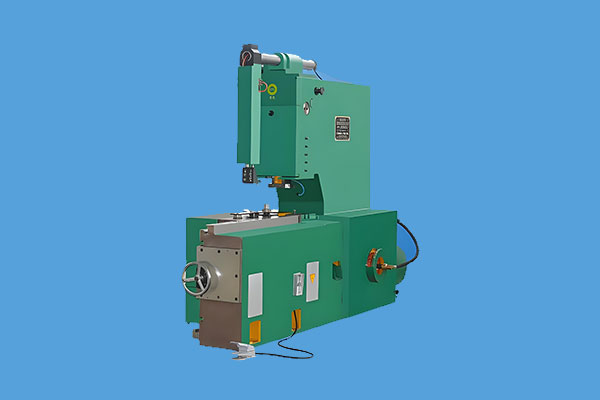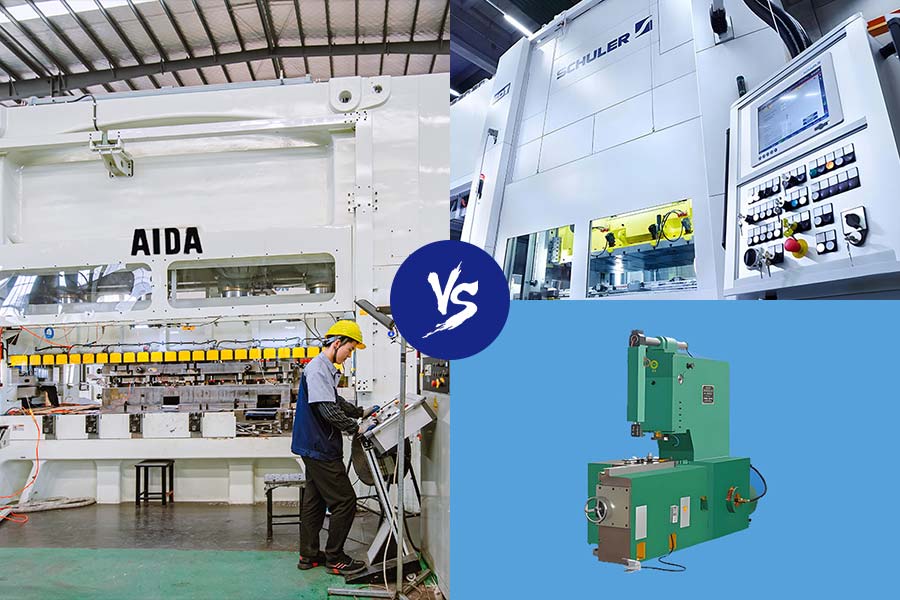In motor lamination manufacturing, the stamping method affects both cost and efficiency. The three main types—compound stamping, progressive high-speed stamping, and single-slot stamping—each have unique benefits. Understanding their differences helps manufacturers choose the right method for their needs.
Overview of Stamping Techniques
When deciding between compound, progressive high-speed, or single-slot stamping, it’s essential to understand the characteristics and applications of each method.
These processes are designed to punch, shape, and cut stator and rotor laminations—key components in electric motors—using various tonnage presses and tooling systems. The main differentiating factors between these methods lie in their production volumes, mold costs, and the overall flexibility of the process.
Compound Stamping

Compound stamping is a versatile stamping method primarily used for producing smaller batches of stator and rotor laminations. This process utilizes a high-tonnage press to punch multiple features into a single piece of material during one stroke. It is especially beneficial for manufacturers who require flexibility in production volume and quality control.
Key Benefits of Compound Stamping:
- Punching Forces: Available in a range of tonnages, including 110T, 160T, 200T, 250T, 315T, and 500T, compound stamping is versatile enough to produce laminations of varying sizes and thicknesses.
- Small Batch Production: The process is ideal for smaller orders or prototype manufacturing, enabling manufacturers to produce laminations in quantities that might not justify larger-scale methods.
- Low Mold Cost: One of the significant advantages of compound stamping is the relatively low mold cost. Due to its simpler tooling requirements, the initial investment is lower compared to other methods, making it a cost-effective choice for small batch or sample runs.
- Quality and Precision: Compound stamping offers high precision in the production of motor laminations, with minimal material waste and excellent surface quality.
While compound stamping is suitable for low-volume production, it may not be the best choice for larger-scale operations due to the slower cycle times and higher labor intensity involved in each stroke.
Progressive High-Speed Stamping

For companies requiring mass production of motor laminations, progressive high-speed stamping is often the preferred choice. This method uses a progressive die system, where each punch progressively shapes the material as it moves through the machine. The key advantage of this approach is its ability to deliver high-volume production with minimal human intervention.
Key Benefits of Progressive High-Speed Stamping:
- Punching Forces: Progressive stamping uses a wide range of punching forces, including 80T, 160T, 300T, 315T, 400T, 500T, and even up to 630 T. This is particularly beneficial for companies that focus on producing large volumes.
- Large Batch Production: This stamping method is designed for high-volume production, making it ideal for manufacturers who need to produce large quantities of motor laminations quickly and efficiently.
- Low Product Cost: As the stamping process is automated and runs at high speeds, the cost per unit is considerably lower compared to methods that require more manual labor. This is especially advantageous for companies that prioritize high production volumes.
- Efficiency and Speed: The high-speed nature of the process means manufacturers can meet tight deadlines and produce consistent, high-quality laminations with less material waste.
While progressive high-speed stamping offers remarkable production efficiency, the initial investment in tooling and setup can be higher compared to compound stamping. The process is most suitable for manufacturers who have consistent, high-volume needs and are looking to reduce per-unit costs.
Single Slot Stamping

Single slot stamping is a simpler process that uses a single punch die to create slot features in motor lamination sheets. This method is generally used for custom projects, low-volume production runs, or applications requiring larger outer diameters. It is the most cost-effective solution for manufacturers who do not require mass production or need parts with specific dimensions.
Key Benefits of Single Slot Stamping:
- Punching Forces: Single slot stamping typically requires forces of 45T or 60T, making it suitable for less intricate lamination designs that don’t require higher tonnage.
- Large Outer Diameters: One of the major advantages of single slot stamping is its ability to handle large outer diameters, up to 1150mm. This makes it ideal for the production of large motor cores or specialized applications, such as heavy machinery motors or custom-designed motors.
- Low-Quantity Production: Single slot stamping is perfect for low-quantity requests, particularly when high customization or prototyping is involved. It offers flexibility and ease of setup for short-run manufacturing.
- Simplified Setup: For companies seeking an affordable solution for limited production runs, the method is an appealing choice because it calls for comparatively easy tooling and setup.
While single-slot stamping is beneficial for low-volume or custom orders, it is not as efficient for larger quantities. The lower punching forces and single-slot die make it less suitable for mass production compared to compound or progressive high-speed stamping.
Comparison Table:
| Feature | Compound Stamping | Progressive High-Speed Stamping | Single Slot Stamping |
| Punching Forces | 110T to 500T | 80T to 630T | 45T to 60T |
| Best for | Small batch production, prototypes | Large batch production, mass manufacturing | Low-volume or custom orders, larger diameters |
| Cost of Mold | Low | Higher initial investment | Low |
| Production Speed | Moderate, labor-intensive | Fast, high-volume production | Slow, suitable for small runs |
| Product Cost | Higher per unit | Lower per unit due to high-volume efficiency | Higher per unit due to low volume |
| Flexibility | High for customization | Limited flexibility | High for custom or specialized orders |
| Suitability | Low to medium volume | High volume and mass production | Low-volume production, custom applications |
Which Stamping Method is Best for You?
Choosing the best stamping method depends on several factors, including production volume, cost constraints, and the complexity of the motor lamination design. Here’s a brief guide to help you choose the best stamping technique:
- Choose compound stamping if you are producing small batches or prototypes and need flexibility with a low mold cost.
- Choose progressive high-speed stamping if you need fast turnaround, high-volume production, and cost-effectiveness for large orders.
- Choose single slot stamping if you need custom motor laminations with large outer diameters or have low-volume production needs.
Conclusion
In conclusion, understanding the nuances of compound, progressive high-speed, and single slot stamping can help you optimize your motor lamination manufacturing process. Whether you are looking for cost-effective small-batch production, high-speed large-volume runs, or custom solutions, selecting the right stamping process is key to achieving high-quality laminations at the best possible price.



